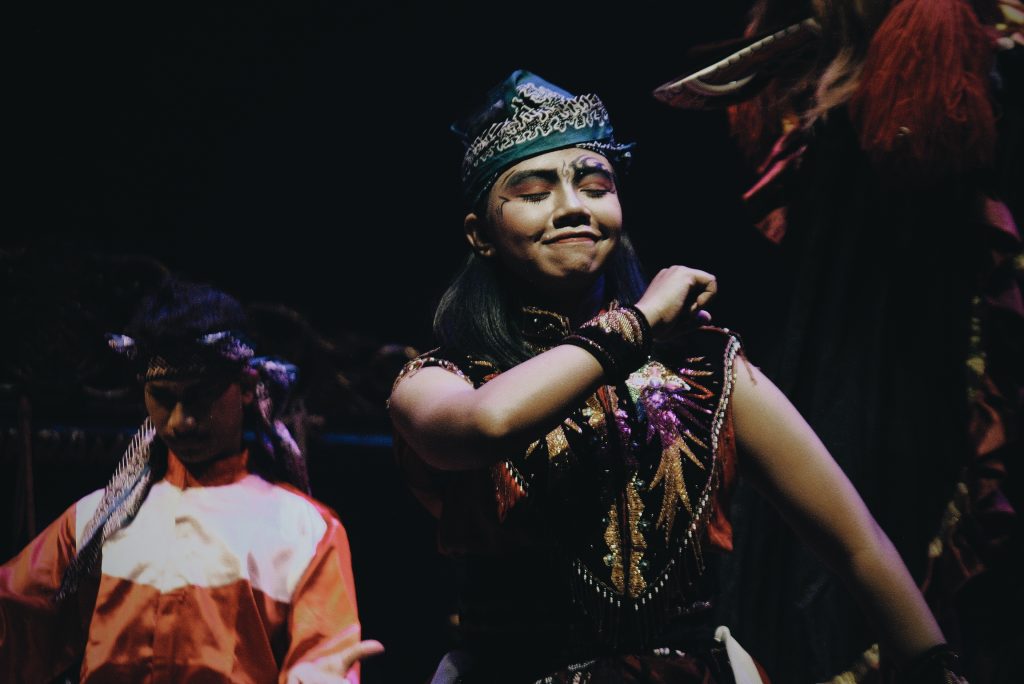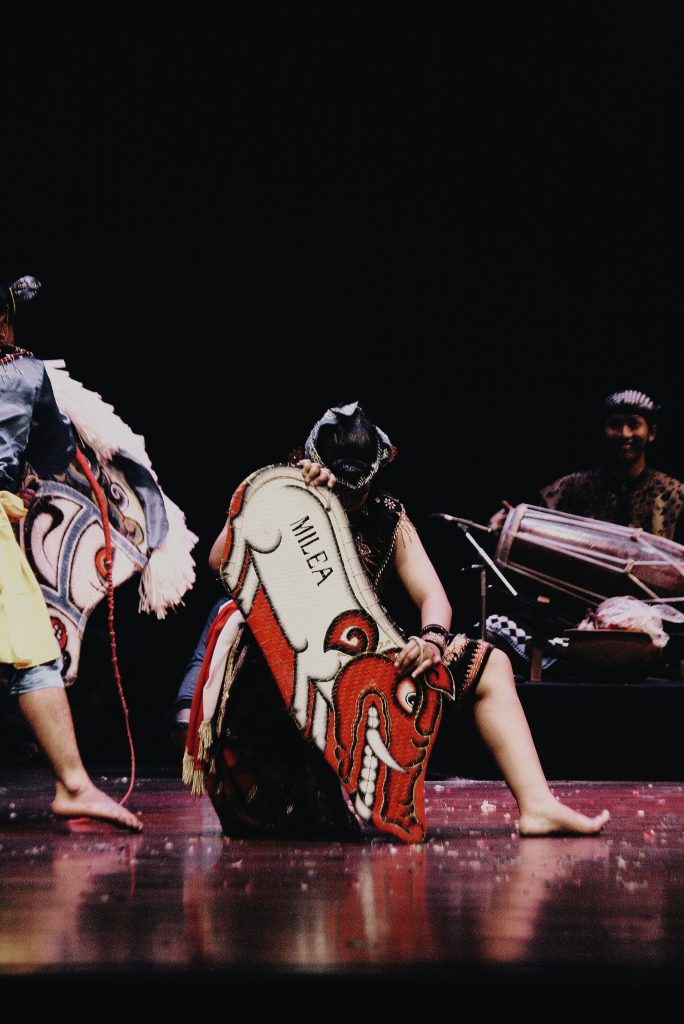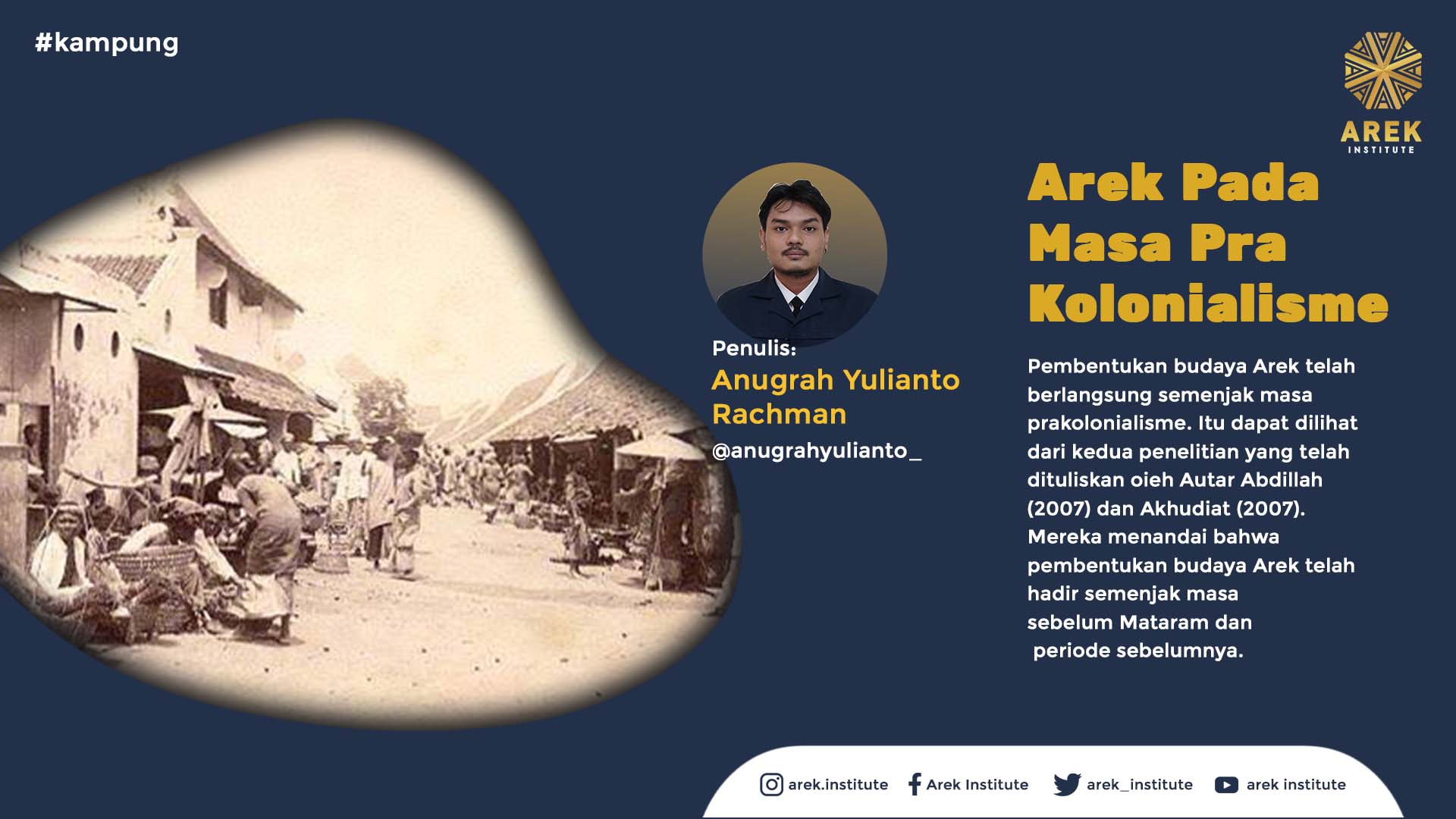
Arek Surabaya Reclaim the Urban Sphere

At the beginning of the 20th century, many lands in the Surabaya region were owned by private individuals (Private sector). They rented the land to residents for housing. The prevailing relationship in this rental system was that workers had to submit agricultural produce and rent money that must be paid to the landlords. This condition has been occurring since the implementation of the Agrarische Wet in 1870. This regulation allowed private parties with large capital to obtain land ownership rights (Erfpacht) for up to 75 years.
Residents who had built houses on private land had to be evicted when the owner sold the land to the Gemeente (Municipal Government) of Surabaya. This case occurred frequently in the southern region of Surabaya as a target for urban development. Hageman (1859) wrote that since the mid-19th century, the southern region was largely controlled by private individuals utilizing residents as laborers to cultivate open land. According to him, many residents at that time were still rural, with the majority being farmers.
The focus of development carried out by the Gemeente Surabaya was to serve the increasing number of Europeans arriving. The purchase of private land began in the Keputran Lor area. Tillema, as quoted in the book “Merebut Ruang Kota: Aksi Rakyat Miskin Kota Surabaya 1900-1960” by Purnawan Basundoro, stated that the private land in the Keputran Lor area was sold by Tjhin Tjhik Kong Soe in 1888. The buyer was the housing developer company ‘Bouwmaatschappij Keputran’. The development process of the area began in the early 1900s.
As a result of the development, many residents who were evicted then occupied kampongs on the outskirts of elite European housing. They, unknowingly, formed the Arek subculture. One of their recorded movements was civil disobedience by several kampongs in Surabaya in 1915-1916. In relation to the phenomena of the twentieth century, this effort also cannot be separated from the national movement wagon. Even two figures recorded as the engines of this disobedience, namely: Mas Prawirodihardjo and Pak Siti, were members of Sarekat Islam (SI). SI is one of the political parties that consciously fought against the arbitrariness of landlords in the city of Surabaya.
Mas Prawirodihardjo was a resident of Kampung Ondomohen (One of the old settlements in the Genteng District, Surabaya) who worked as a construction supervisor. Meanwhile, Pak Siti alias Sadikin was a resident of Kampung Kedondong, Keputran Lor. He worked as a railroad foreman (Purnawan, 2009). Both believed that residents should not have to pay rent for private land that was actually theirs.
Specifically, in 1915 to 1916, the thoughts of Mas Prawirodihardjo and Pak Siti alias Sadikin spread widely in response to the evictions in the process of developing European settlements.
The form of civil disobedience at that time was the refusal of all obligations to private landlords. The refusal included not paying land rent and not giving a portion of agricultural produce. Residents also refused the village heads chosen by private individuals and appointed their own village heads. Some of them deliberately cut down trees and used the vacant private land as if it was their own.
Besides the residents of Keputran Lor, who directly felt the impact of eviction, unrest also spread to many kampongs in Surabaya occupying private lands. Purnawan recorded that in 1916, many occupants of private lands, which had not yet been sold or developed, filed lawsuits against the landlords at the Landraad. At that time, the court’s decision was in favor of the landlords. They then appealed to a higher court, the Raad Van Justitie, which eventually decided that the occupants of private lands had proprietary rights (zakelijke rechten) on those lands. Moreover, on September 12, 1917, the Raad Van Justitie court issued a decision granting land ownership rights to the occupants of private lands, provided they fulfilled certain obligations to the landlords.
The civil disobedience to reclaim rights to land and urban space shows that the solidarity of Arek Surabaya, built through kampongs, had an intellectual-organic nature. They realized that the more expensive European housing was built, the smaller their participation space in the city center would become. Not to mention the construction of industries that made certain skills or education a requirement for employment. The transition from rural to urban society experienced by Arek Surabaya turned out to be able to find its own form of solidarity from traditional to urban in the kampong community movement.












